The following diagram illustrates the basic design for a VPO (Virtual Pipe Organ) serving as input for Hauptwerk software running on a PC. The white boxes are organ components, the purple boxes are custom modules I have designed.
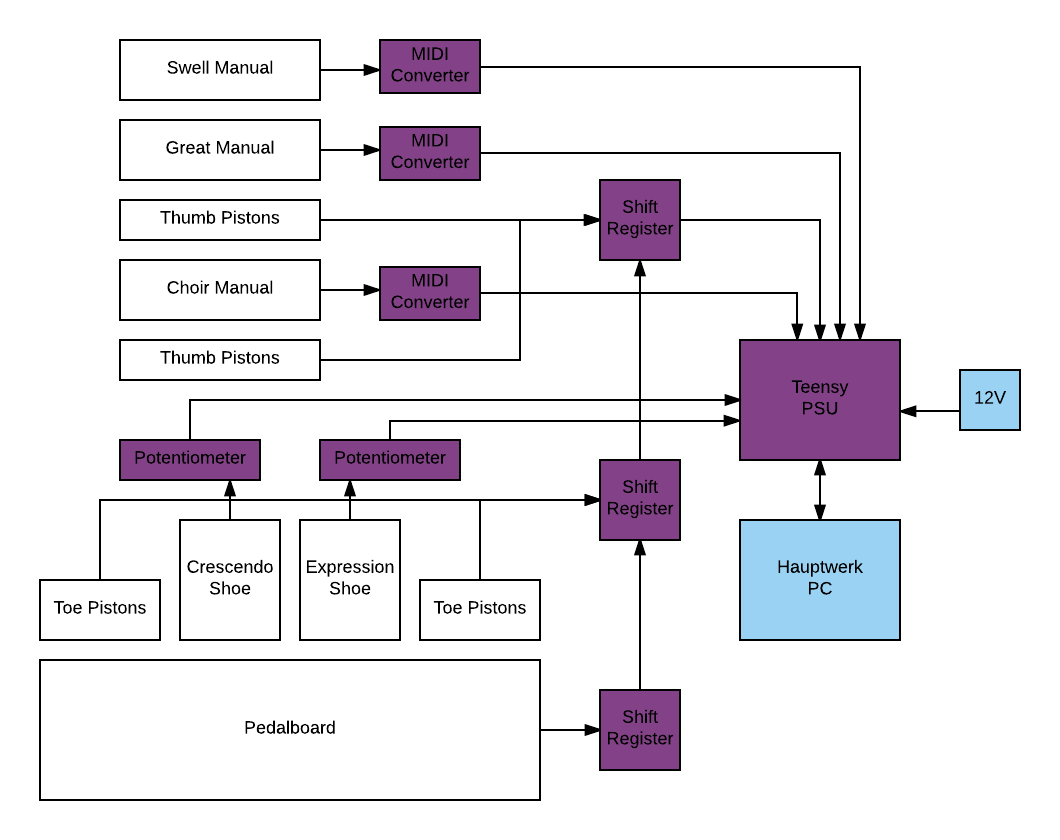
DISCLAIMER: I have absolutely zero musical ability, but have always appreciated this great instrument. My career is in software with a hobby interest in electronics, woodwork, 3D printing etc. While none of my modules have released magic smoke over the past few years, it's quite possible there are some horrific design decisions in there. My son has a degree in Organ Technology, so I defer to him for most organ related design issues.
MANUALS
The organ will have three manuals (keyboards). The individual keyboards are powered by a 9V power supply on the main Teensy PSU module. MIDI output from the keyboard is converted into a serial protocol that the Teensy microprocessor processor can interpret, then sent to the Hauptwerk PC as MIDI Note On/Off messages on separate channels.
PEDALBOARD
The pedalboard has 32 pedals which will need individual reed or mechanical switches. The switches are read by 74HC165 shift registers on a custom PCB. The main program running on the Teensy reads the output from the shift registers and sends MIDI Note On/Off messages to the PC.
THUMB & TOE PISTONS
The pistons are just push-to-make switches and function exactly the same as the pedalboard. These switches are also read using the same custom shift register PCB daisy chained together. The push events are sent as MIDI Program Change messages to the PC.
SHOES
The expression & crescendo shoes' position will be read using a linear potentiometer, also on a custom PCB, by the Teensy. The position of each pedal is read directly by the Teensy as an analog value and sent as a MIDI Control Change message to the PC.
Digikey BOM
The required components for each module can be ordered from Digikey via the following BOM (Bill Of Materials) links. Note that you will have to multiply the number of components with the number of modules you are building:
Power Supply Module: https://www.digikey.com/BOM/Create/CreateSharedBom?bomId=8237173
MIDI Converter Module: https://www.digikey.com/BOM/Create/CreateSharedBom?bomId=8237128
Shift Register Module: https://www.digikey.com/BOM/Create/CreateSharedBom?bomId=8237172
Pedal Module: https://www.digikey.com/BOM/Create/CreateSharedBom?bomId=8237109
OSHPark PCB
The Eagle CAD design files are available from the linked GitHub repository in the projects links. Copies of the circuit boards can be ordered from OSHpark.com with the following links:
Power Supply Module: https://oshpark.com/shared_projects/6LYM4OFl
MIDI Converter Module: https://oshpark.com/shared_projects/HvD6Wp0o
Shift Register Module: https://oshpark.com/shared_projects/GM5weTyM
Pedal Module: https://oshpark.com/shared_projects/FGOvTVa1
PROJECT STATUS
| Main power supply module | Complete. Needs to be updated to current version |
| MIDI converter module | Complete & functional |
| Shift register module | Complete & functional |
| Potentiometer module | Currently testing |
| Organ manuals console | Complete. Need to add power switch & LED |
| Pedalboard conversion to MIDI | Complete. Project log to be done. |
| Expression & Crescendo pedals conversion | Complete & functional. Will be remade with a 3D printed design. |
| Toe pistons conversion | To be done |
| Organ stand/console | Temporary stand in use. Final steel design to be done. |
 Johan Cronje
Johan Cronje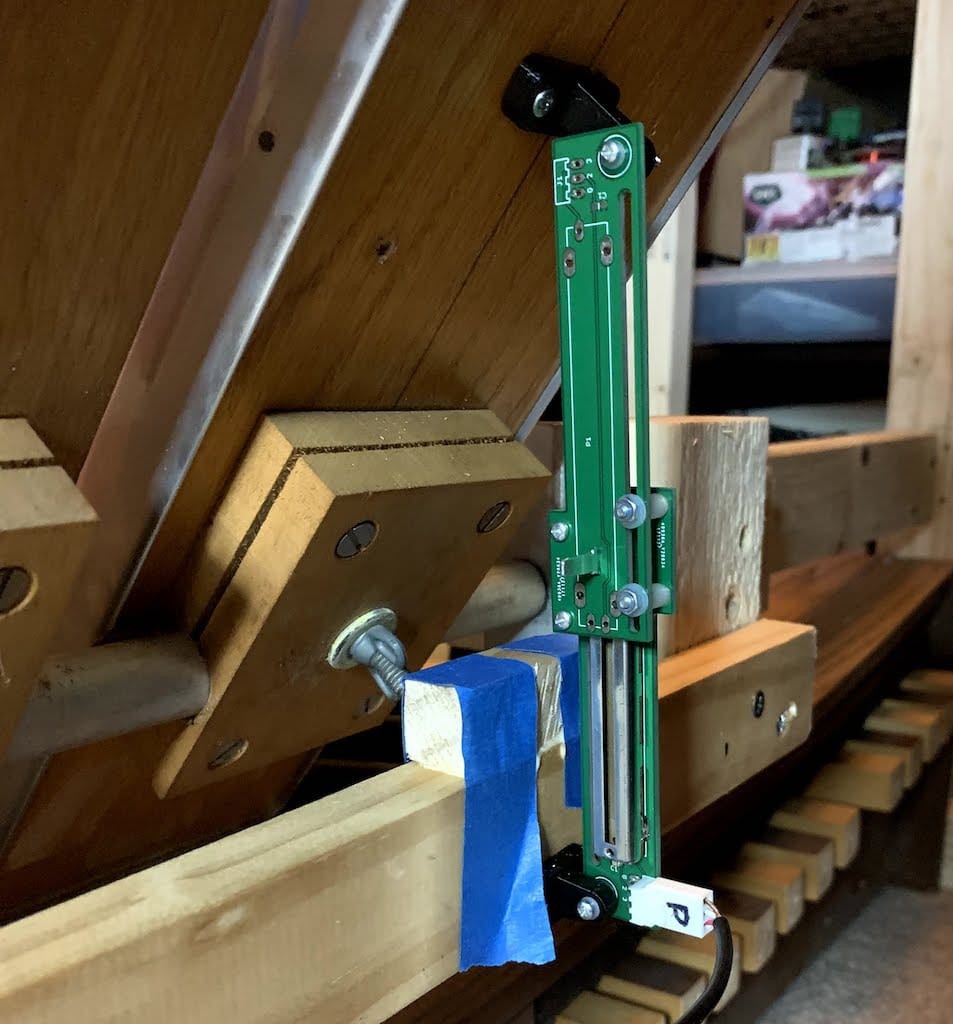
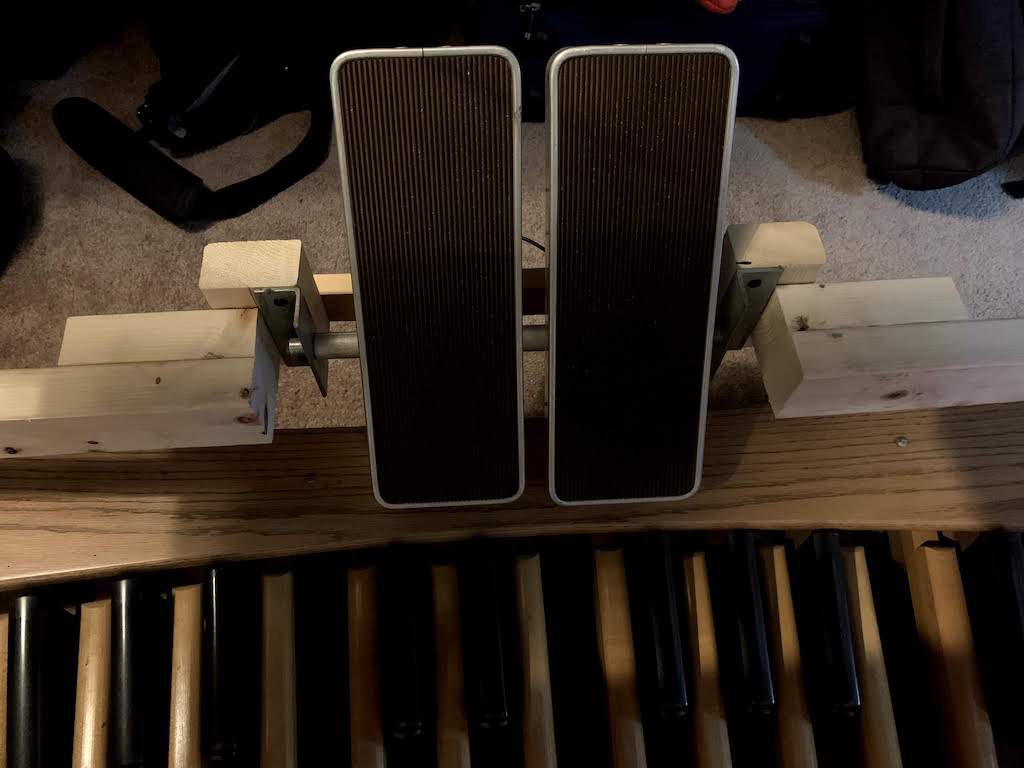

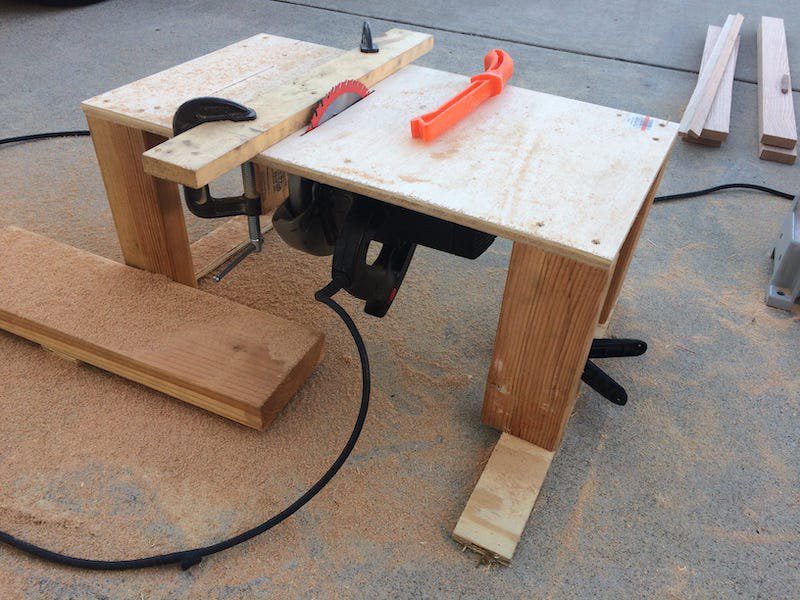
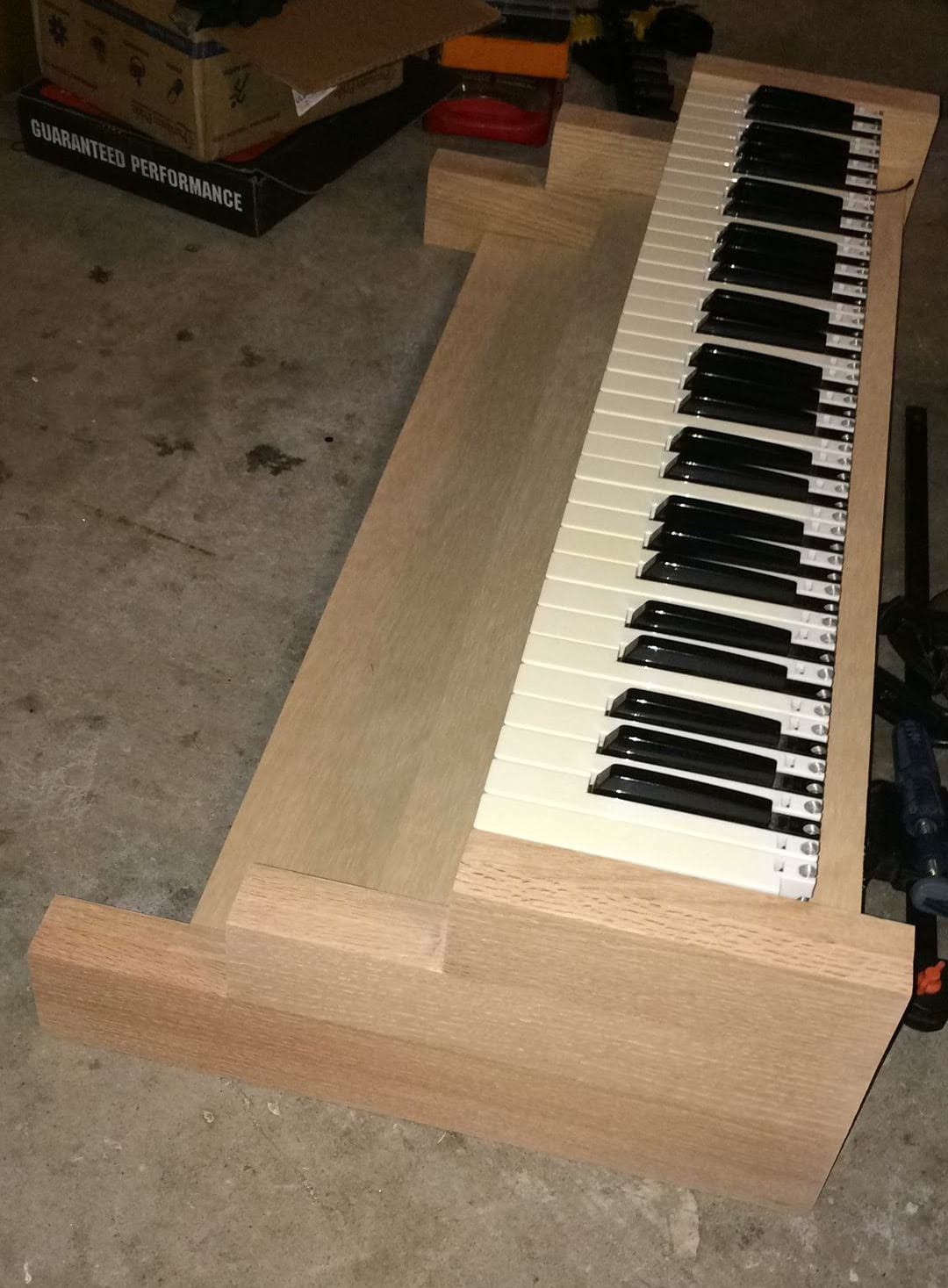
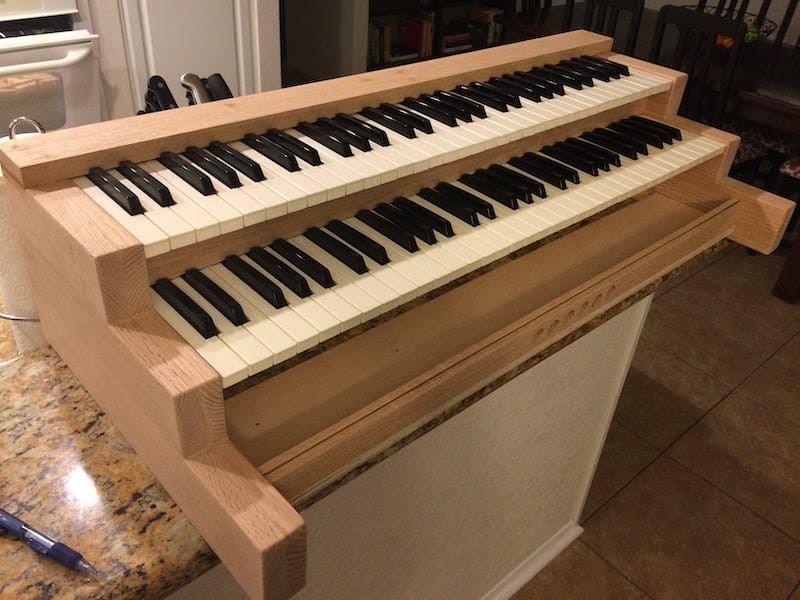
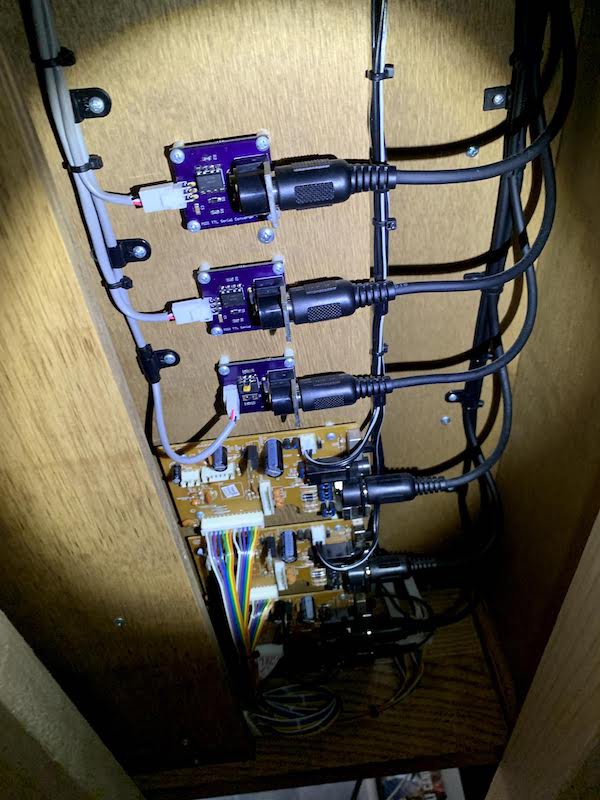
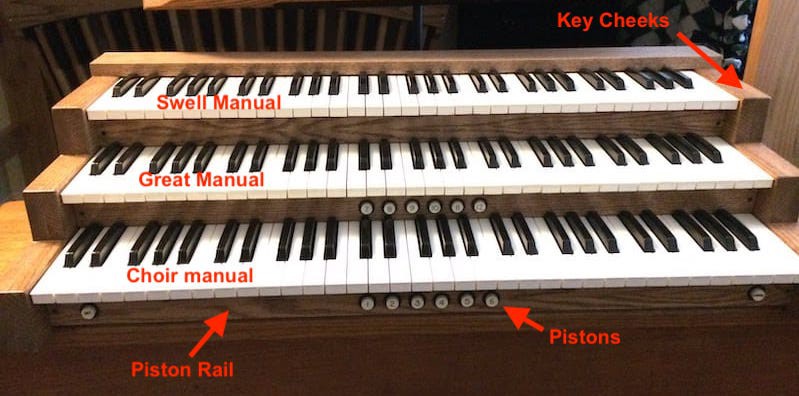
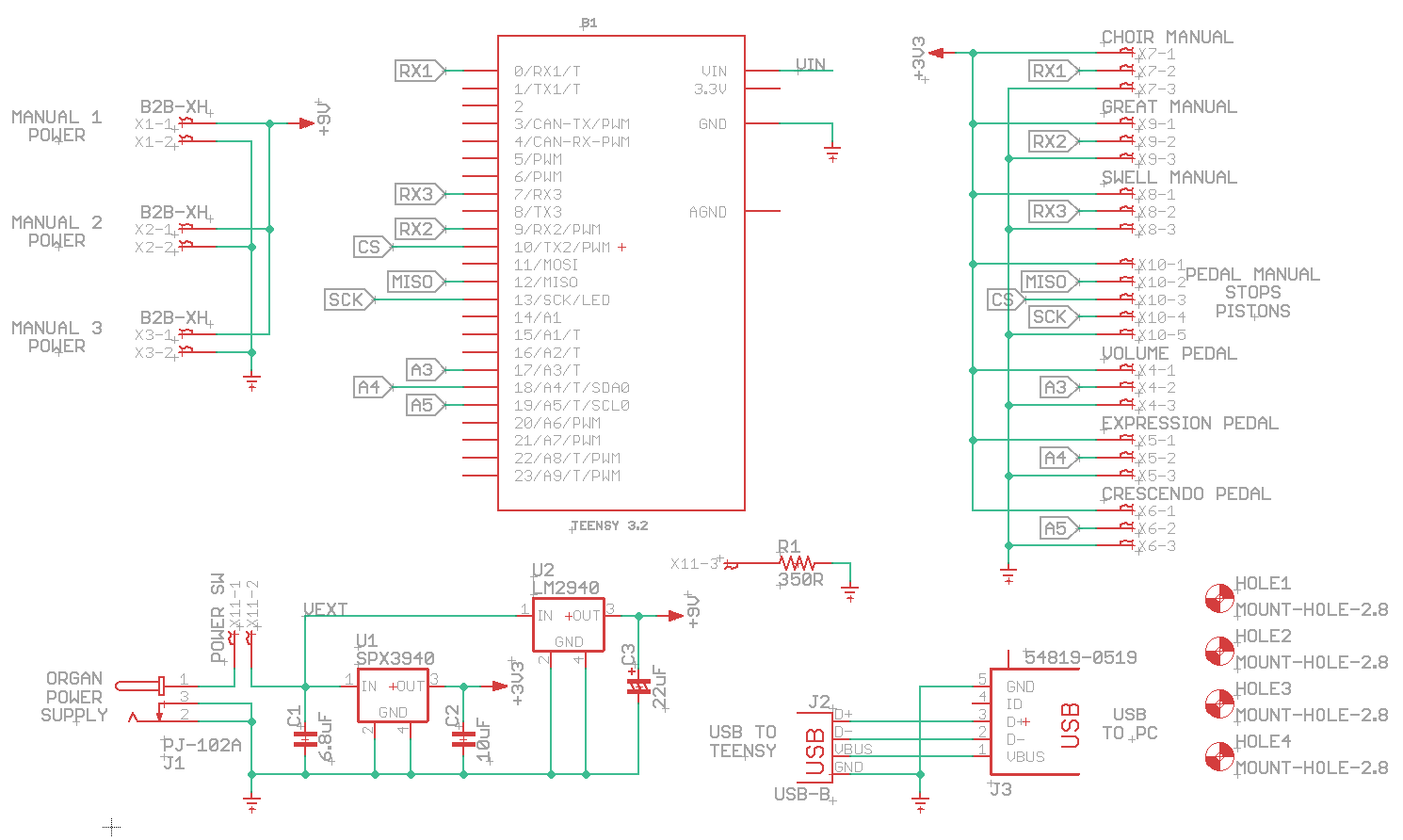
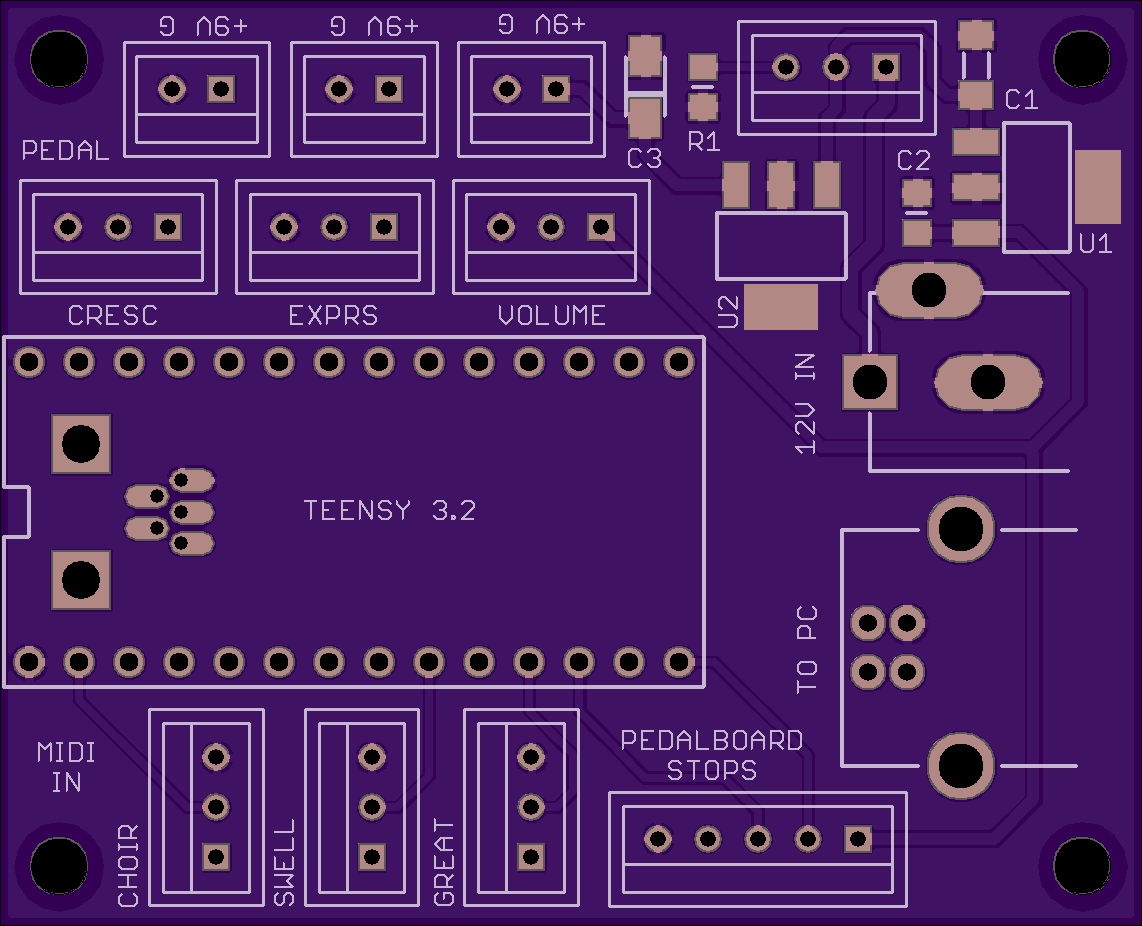
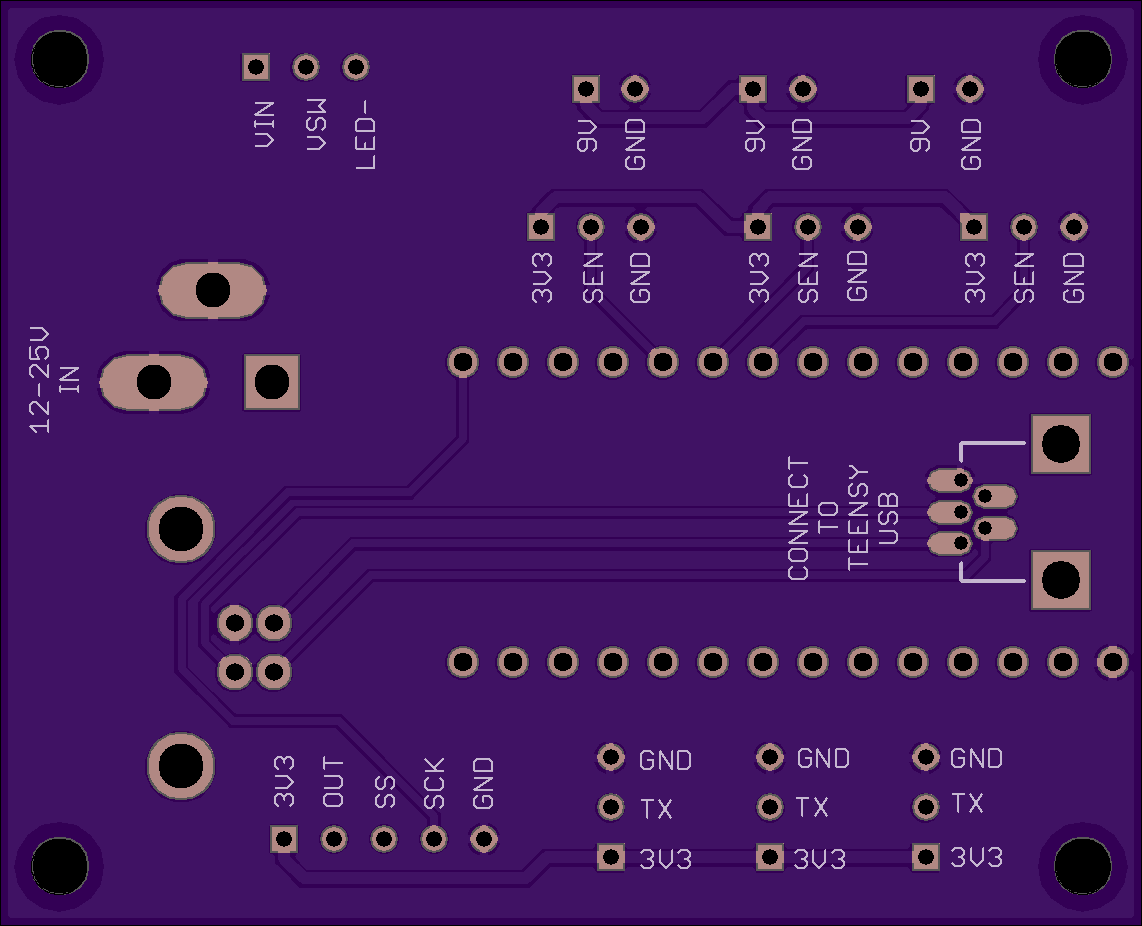
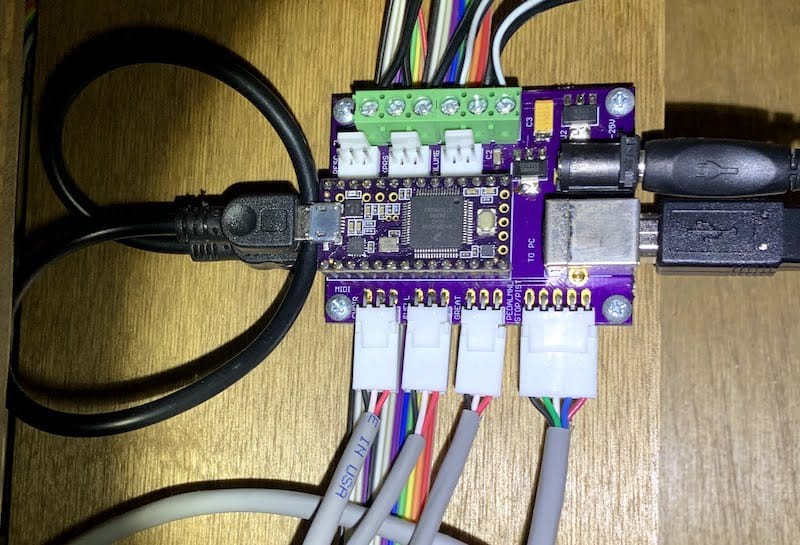
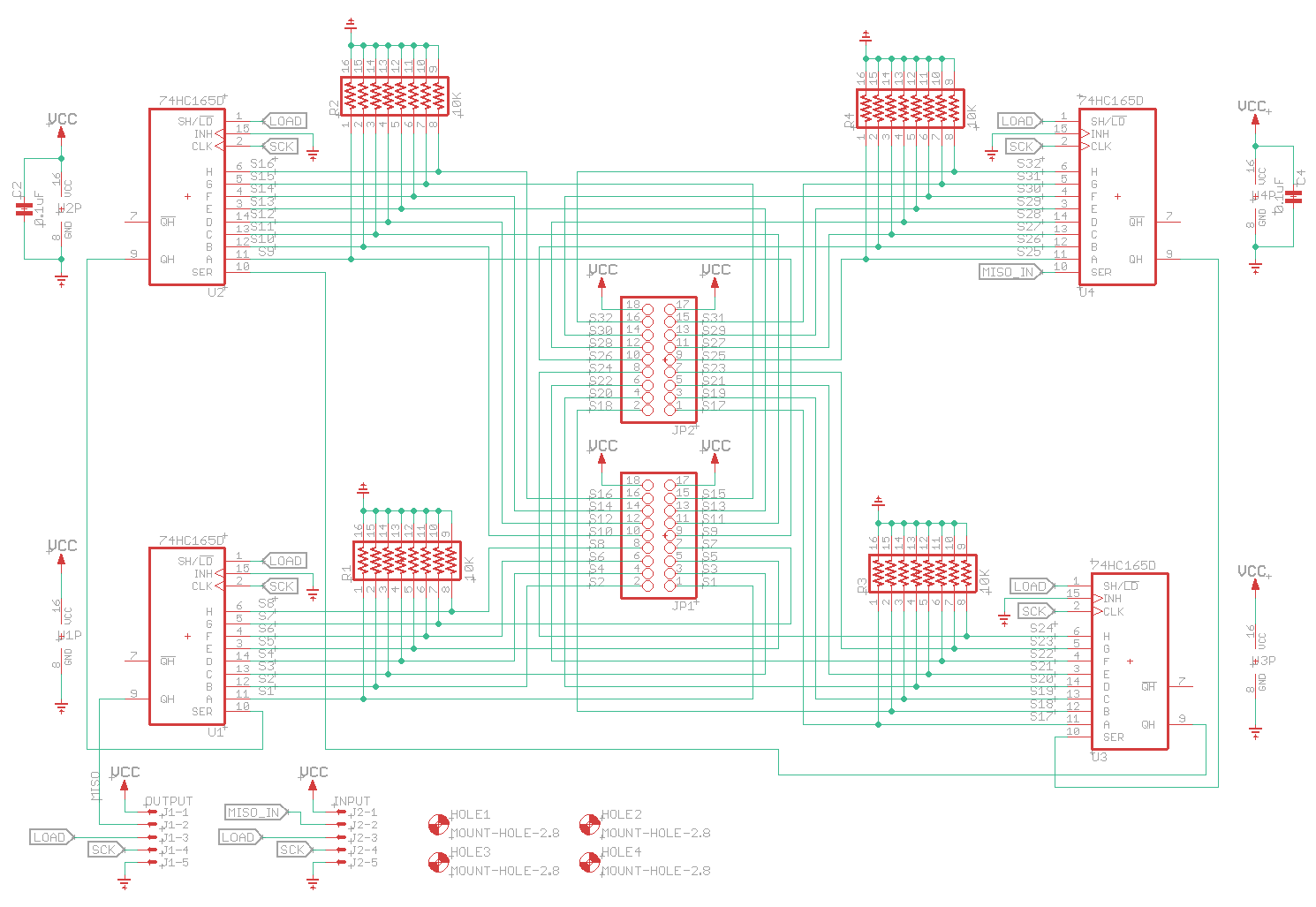
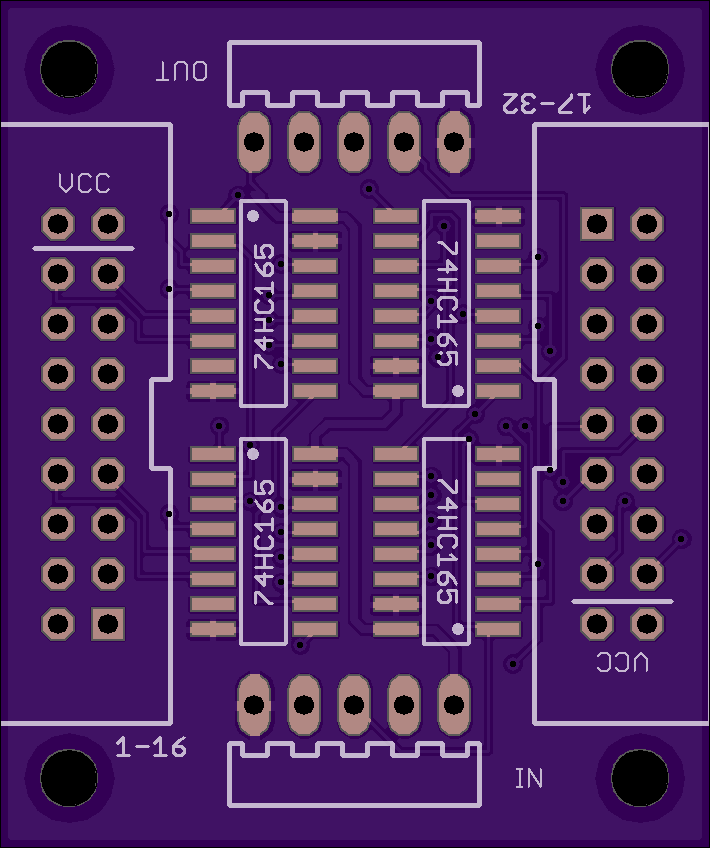
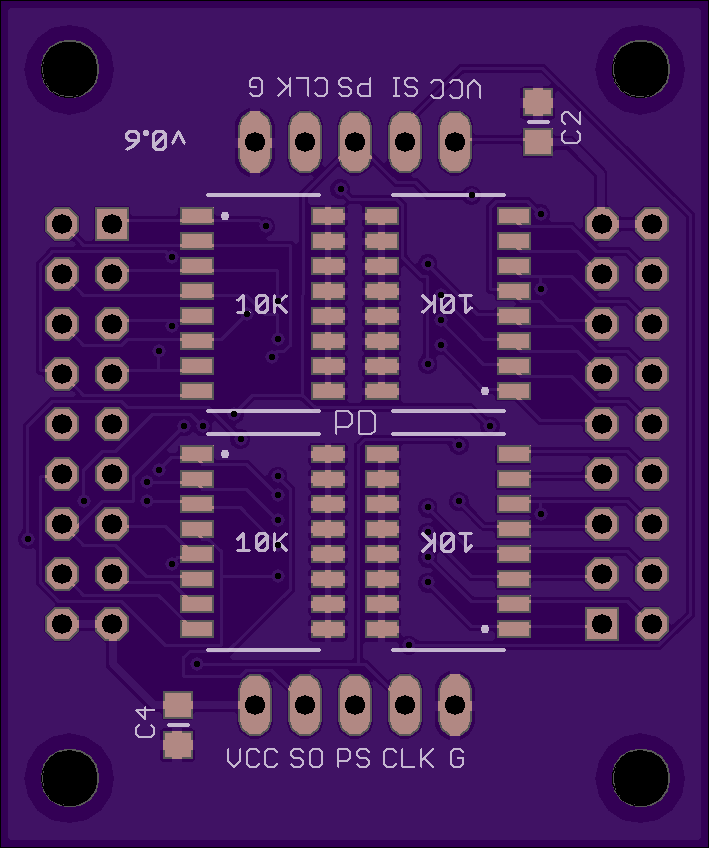
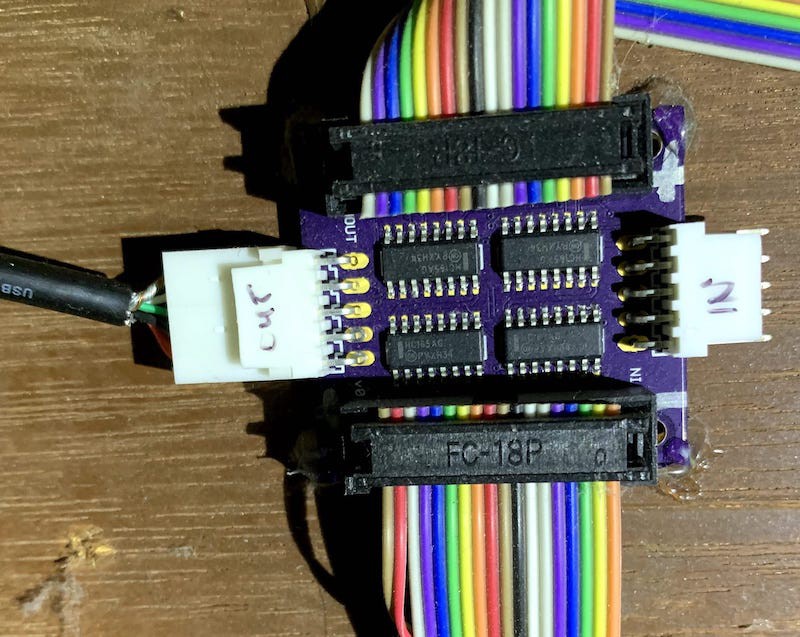
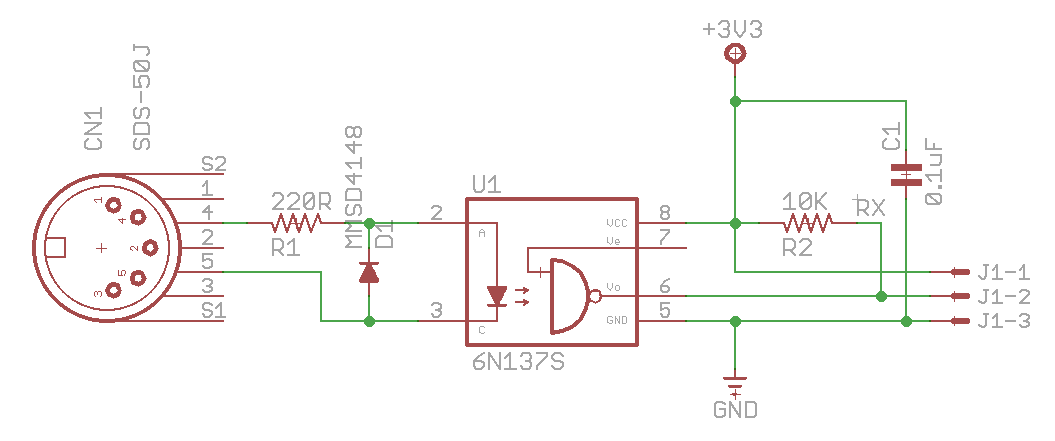
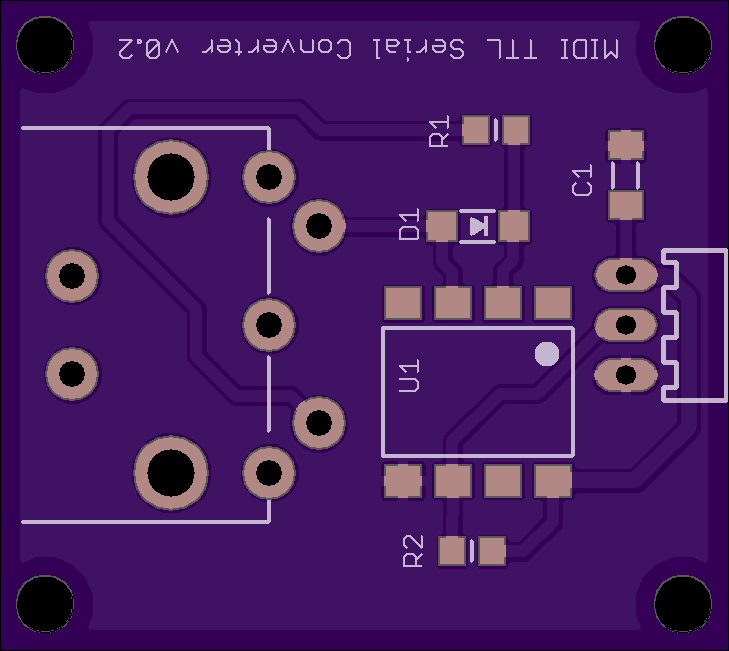
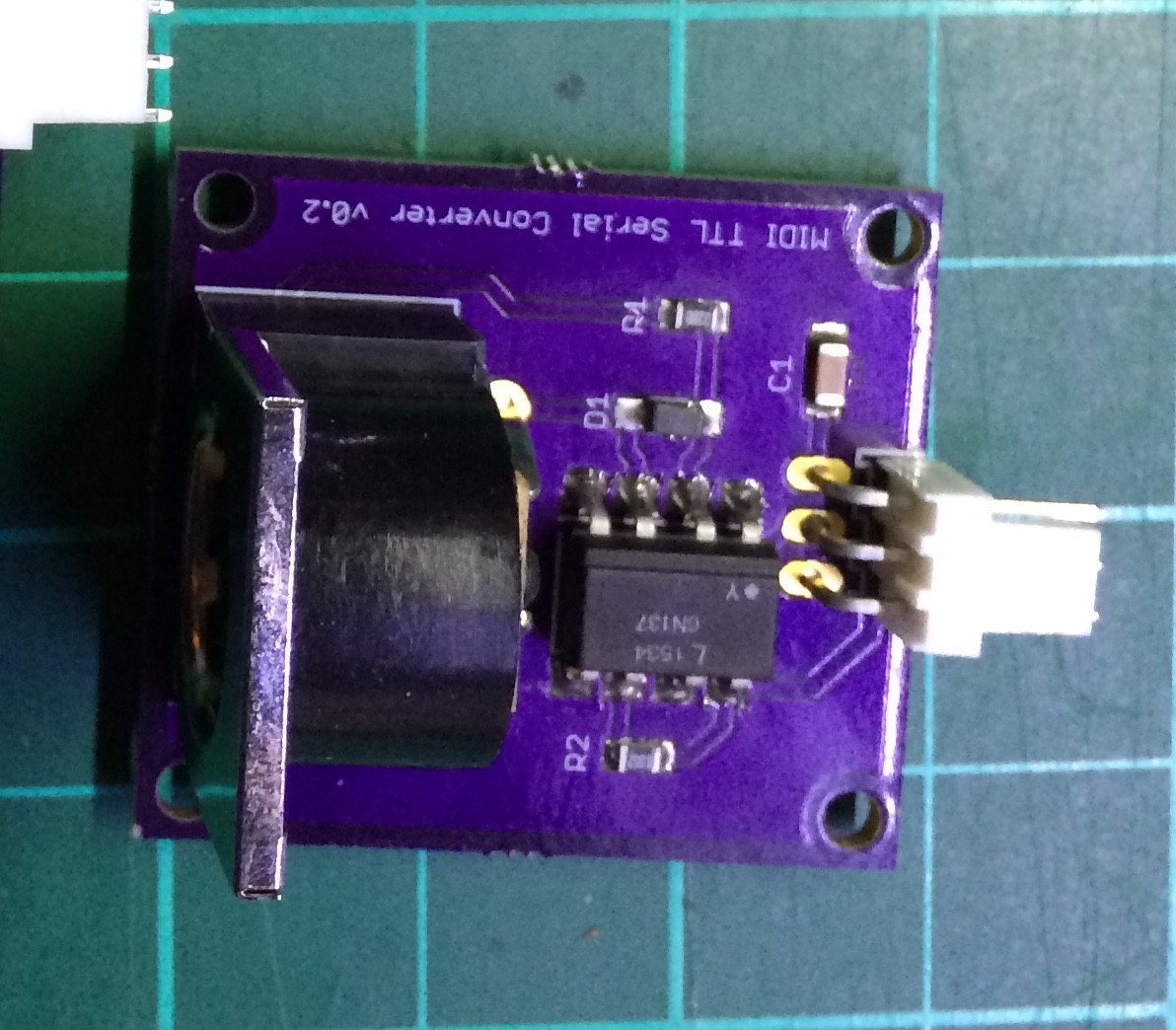
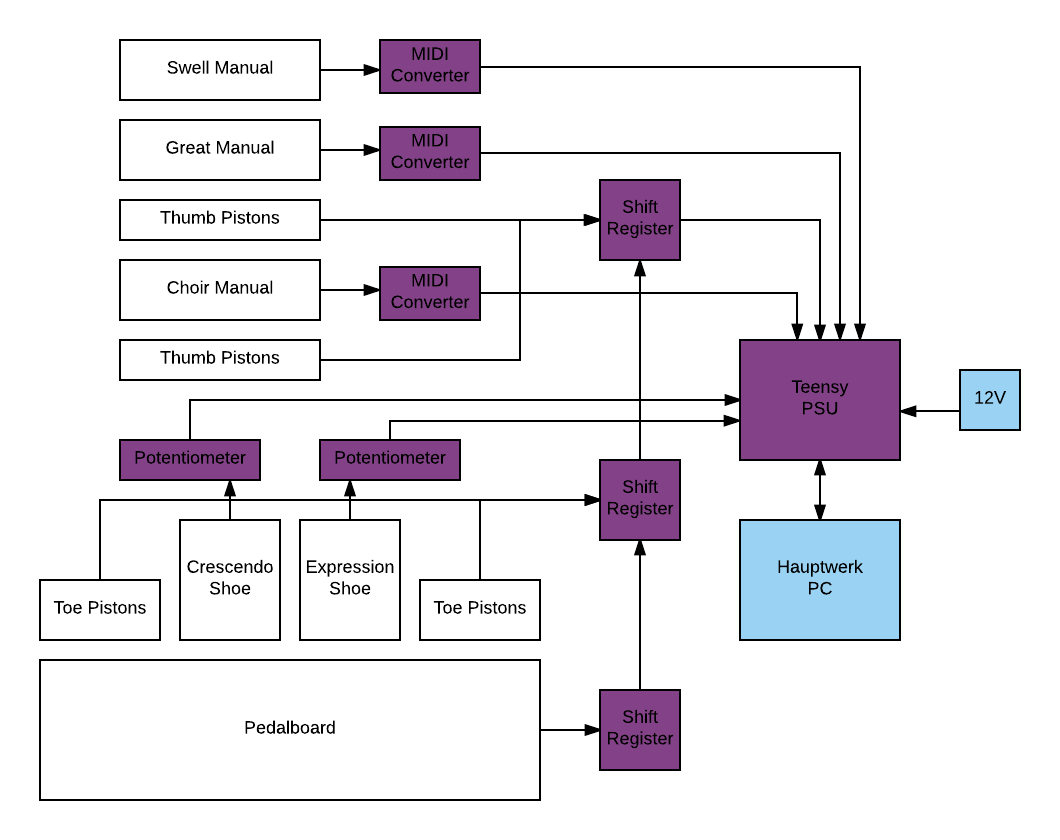
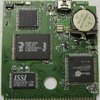

Great project! Hi Johan Cronje